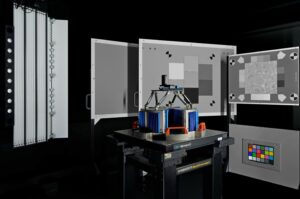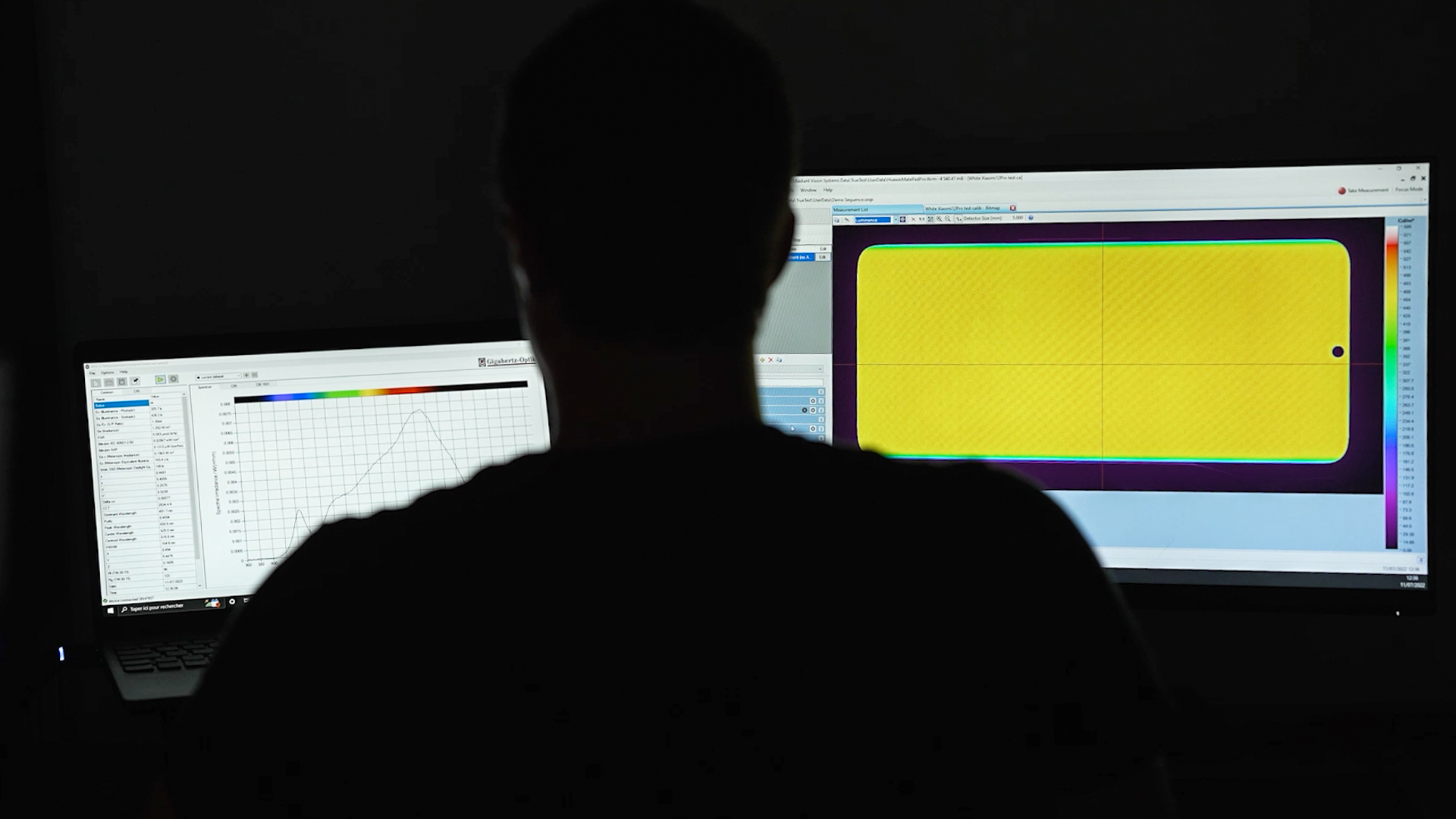Smartphone display performance evaluation
Identify your products’ strengths and weaknesses
Take control of your device’s performance by putting it through the DXOMARK Display protocol. The test consolidates more than 400 measurements on key display quality attributes and measures all functionalities of your device directly in our labs on major use cases. The suite of objective and perceptual measurements will provide a complete view of the device’s performance, highlighting its strong points and possible areas of improvement.
Key Highlights
- A full report of your device’sperformance on four key aspects: Readability, Color, Video, and Touch
- Evaluate your device’s level of visual comfort
- A robust evaluation of more than 400 objective measurements run in our state-of-the-art laboratories by our Display experts Promote your device’s strong points in your communications

 DSLR & Mirrorless
DSLR & Mirrorless  3D Camera
3D Camera  Drone & Action camera
Drone & Action camera 

